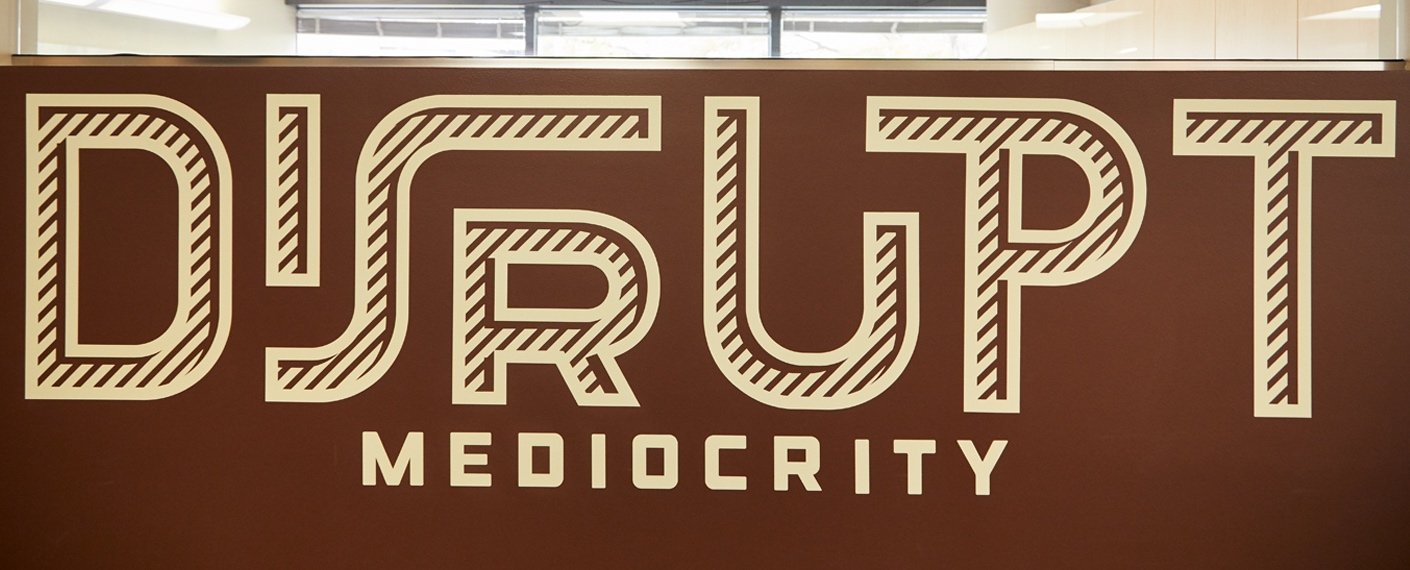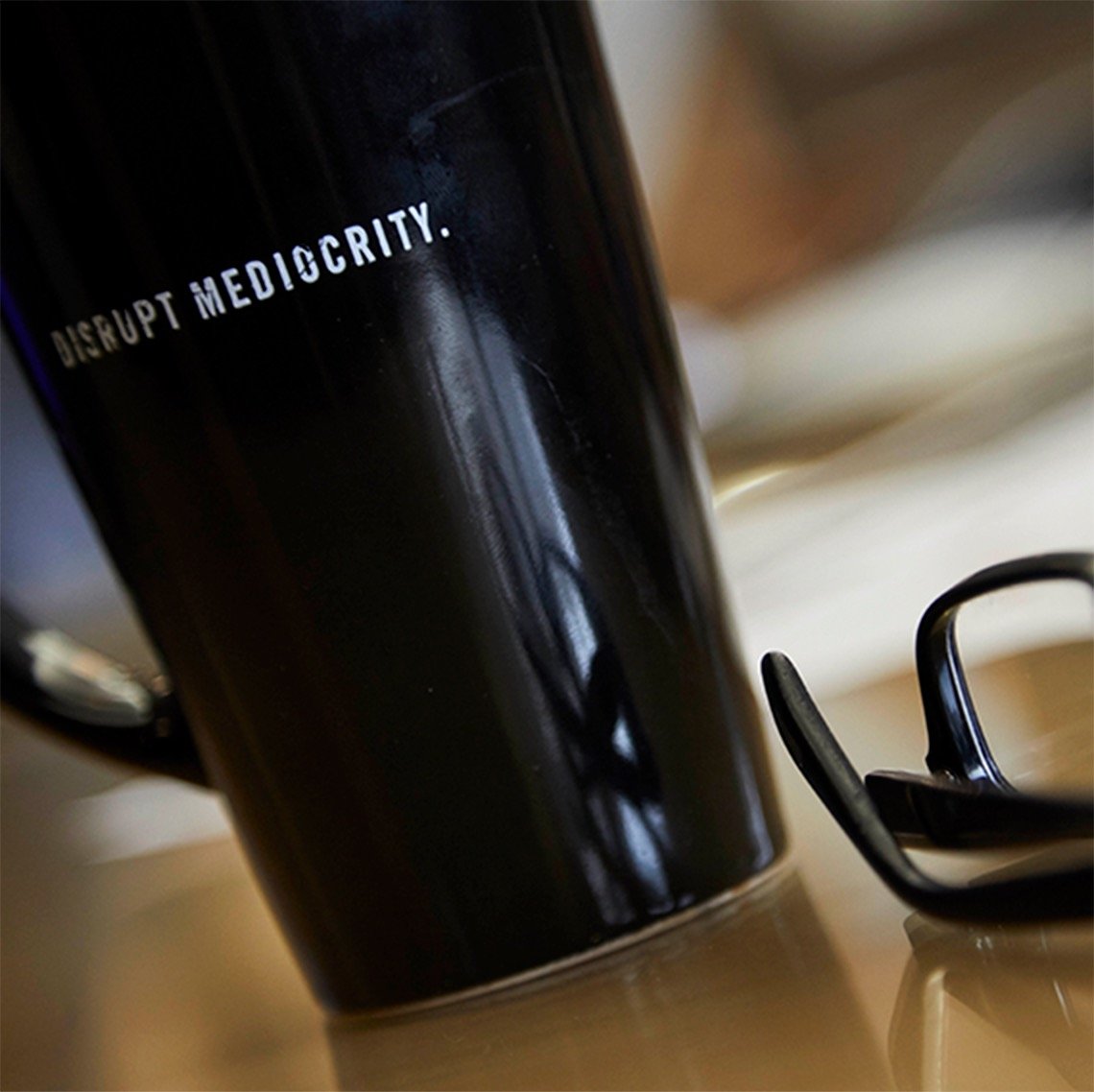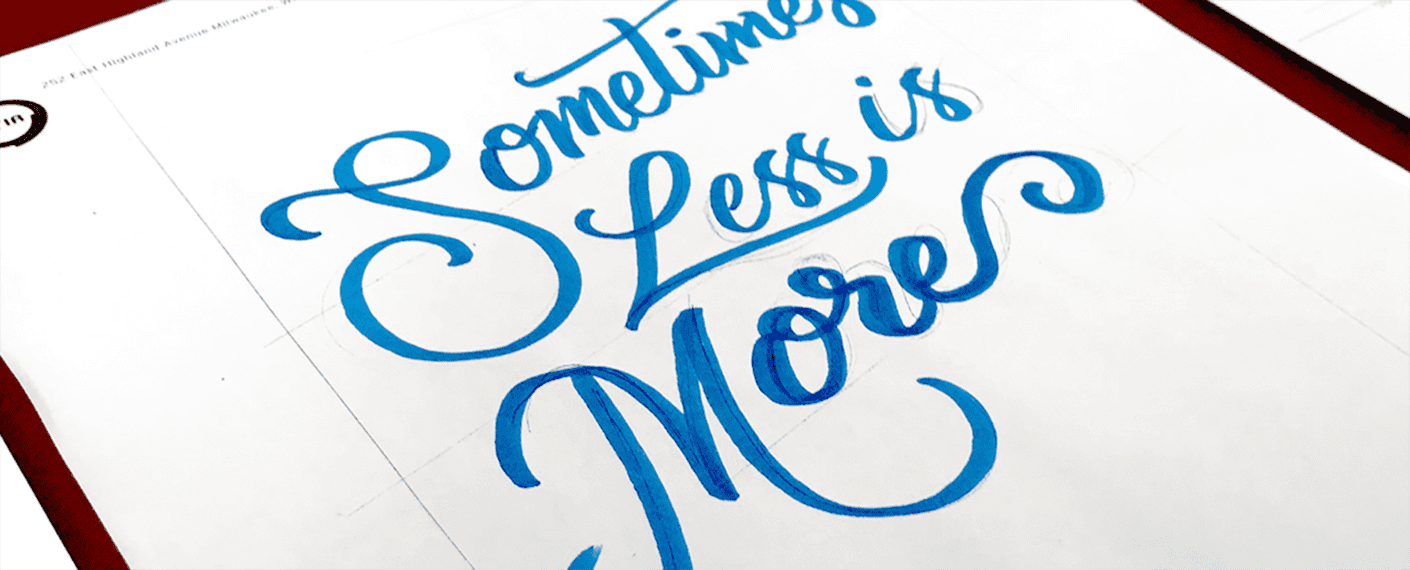What does your prospect/customer/consumer (prospective patients) know about your brand? And where do they get their information and impressions? These are perhaps the most important questions in marketing. It’s imperative that you have an accurate read on this.
The answers could range from little or nothing to largely negative to overwhelmingly positive. Each situation is different, but the vast majority of the brands I encounter would tell you that they aren’t where they want to be in terms of positive impressions and web/retail traffic. Critical perceptions are coming from a huge variety of potential sources. You’ve got to get a grip on it.
Consider this – they only know what you tell them. The extent of the positive imagery, the net sum of all good impressions are based on the impressions you’ve generated. Now, take a hard look at your advertising schedule, public relations efforts and social media programs with these questions in mind:
- Have you produced enough content to stay top-of-mind?
- Is the information you’ve generated interesting enough to break through?
- Does this truly represent the vibrancy of your brand and the people involved?
- Have you extended an invitation to engage?
- Have you demonstrated goodwill?
- Are people talking about what you are doing?
These are tough questions. Most brands would answer no to many, if not all, of these questions.
The point here is that you need to be an active brand to achieve success. You need to fill the communications pipeline with positive messaging and put positive thoughts and perceptions into the minds of your consumers. And you need to do so on a frequent basis. The pipeline is insatiable. Your audience has a short memory; you must be fluent and prolific. There is no substitute!
What is the true impediment to being an active brand? Most would point to a lack of budget and time.
I believe that the true culprits are confidence and commitment. I say this because the tools available to a brand do not need to be expensive, and the time committed to fluent and prolific publishing does not need to be all-consuming. We can turn to many cost-effective media options, such as email marketing, social media, PR, web marketing, event marketing, and even paid advertising in radio and transit out of home.
To become fluent and prolific, we need to truly understand the brand voice and values. We need to be confident that we understand what interests the consumer, and to do so, we need to have a conversation with the consumer.
My advice is to start that conversation today. Find ways to reach out. Spend time in the field. Understand where your customer is coming from and what they want. Then have lots of fun communicating with them. You will like the results.




